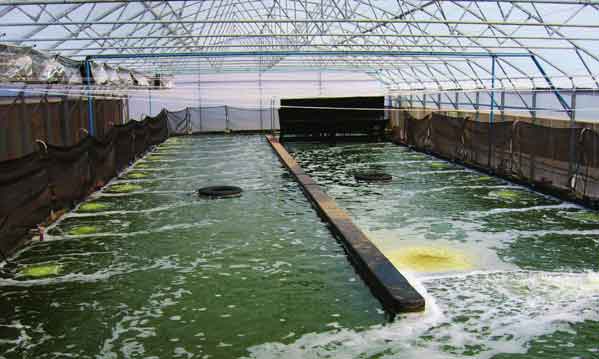
The color of pond water mainly results from suspended particles of phytoplankton. Plankton density and species are two management aspects that require attention of shrimp farmers.
In the first 2 months of shrimp culture, an additional fertiiizer either organic (10-30 kg/ha) or inorganic (1 -3 kg/ha) is added to the pond in order to ensure that there are enough nutrients for plankton bloom.
After this period, nutrients derived from uneaten food normally are at adequate levels. Too many nutrients in some cases may lead to excessive plankton bloom, followed by plankton crash. In an open shrimp culture system the farmers exchange pond water with natural clean seawater to reduce excess plankton density.
But in a closed system, where exchanging water is not needed, shrimp farmers use algaecides such as calcium hypochloride or benzalkonium chloride (BKC) 0.1-1 ppm to reduce plankton density.
In cases where undesirable water color appears like the ‘redtide’ caused by certain types of plankton such as dinollagellates, the plankton can be controlled by switching-off the aerators for a period of time and applying BKC (0.1-1 ppm).
Water Exchange
Mass shrimp mortality in a pond associated with deteriorating environmental conditions has occurred frequently during the last 5 years. Shrimp farmers have tried to solve this problem by changing the culture system to a low water exchange system, including partial water re-circuiation, full water re-circulation and a closed system.
Partial water re-circulation shrimp farming system is practiced where a supply of good quality water may only be available for short periods of time. Normally, the farm area is divided into 4 portions: culture area (60-70%), effluent settlement (10%), mixing reservoir (5-10%) and inlet reservoir (15-20%).
In the full water re-circulation shrimp farming system, where seawater can be treated and re-circulated, the farm area is divided into the culture area (40-50%), inlet water treatment (15%), seawater storage reservoir (20-25%) and effluent settlement pond (15-20%).
In the close shrimp culture system or zero-water discharge system, no pond water exchange is needed. However, the aeration in the pond must be adequate for shrimp respiration and oxidation of organic waste. Additional seawater may be required to make up for losses in the system. The technique provides disease-free seawater with no effluent being discharged. Shrimp may grow slowly an furnish lower production than those of an open or water circulation system.
Source: Profitable Farming and Allied Projects

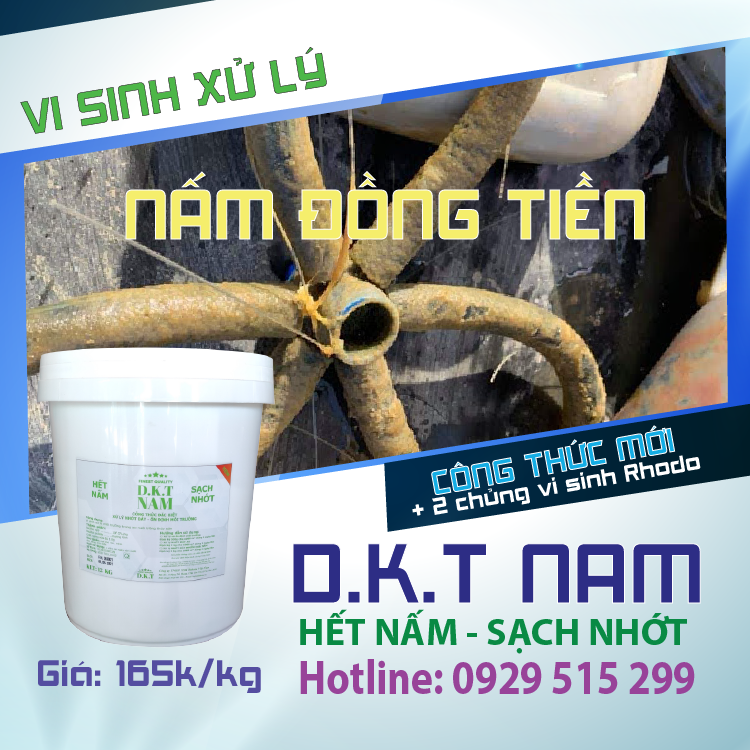

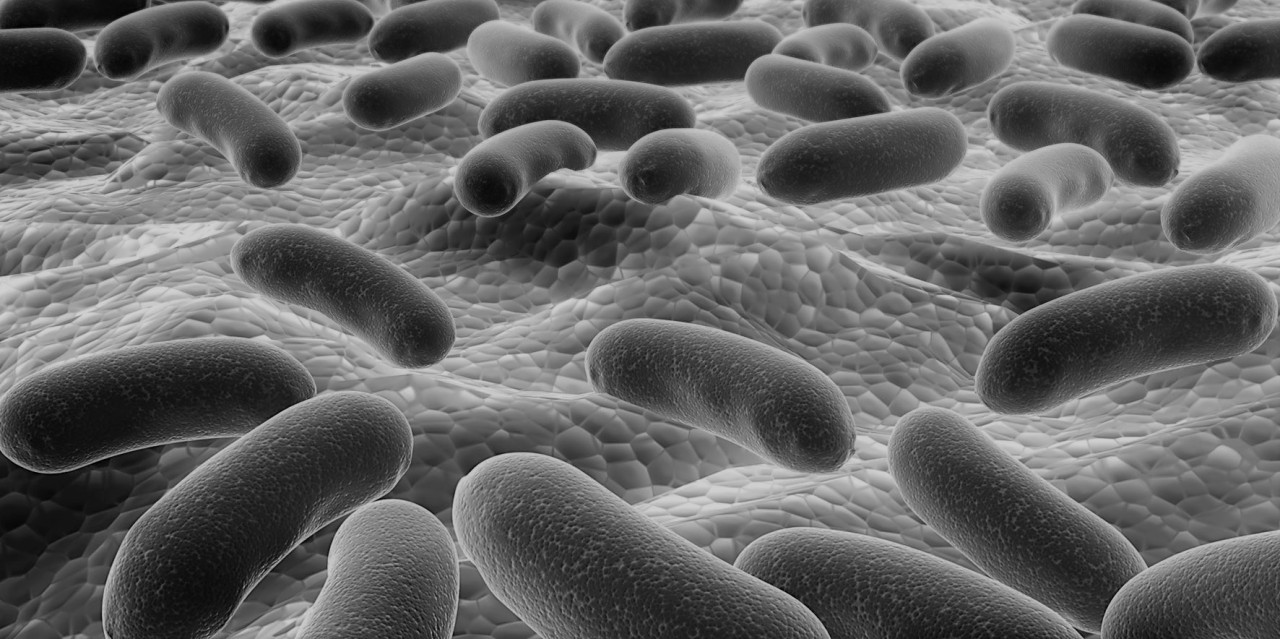
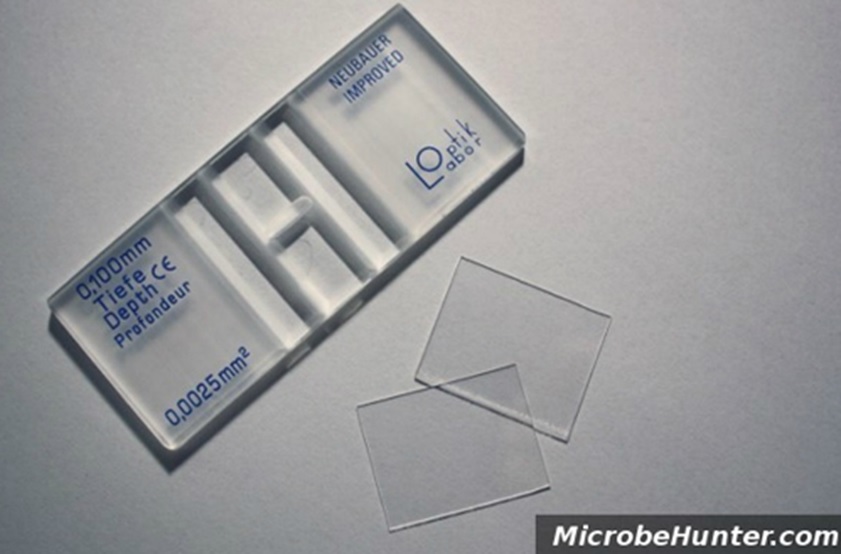
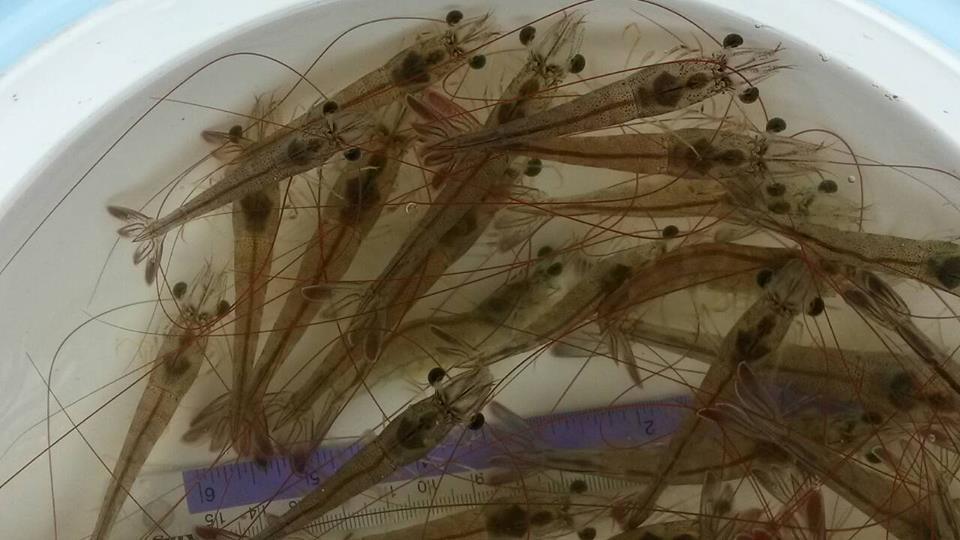
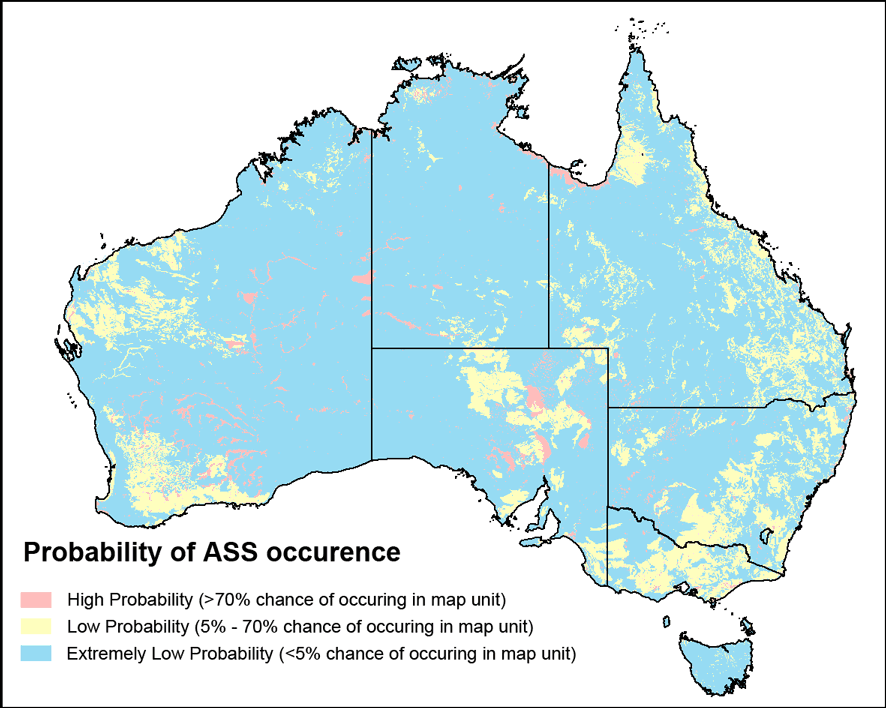
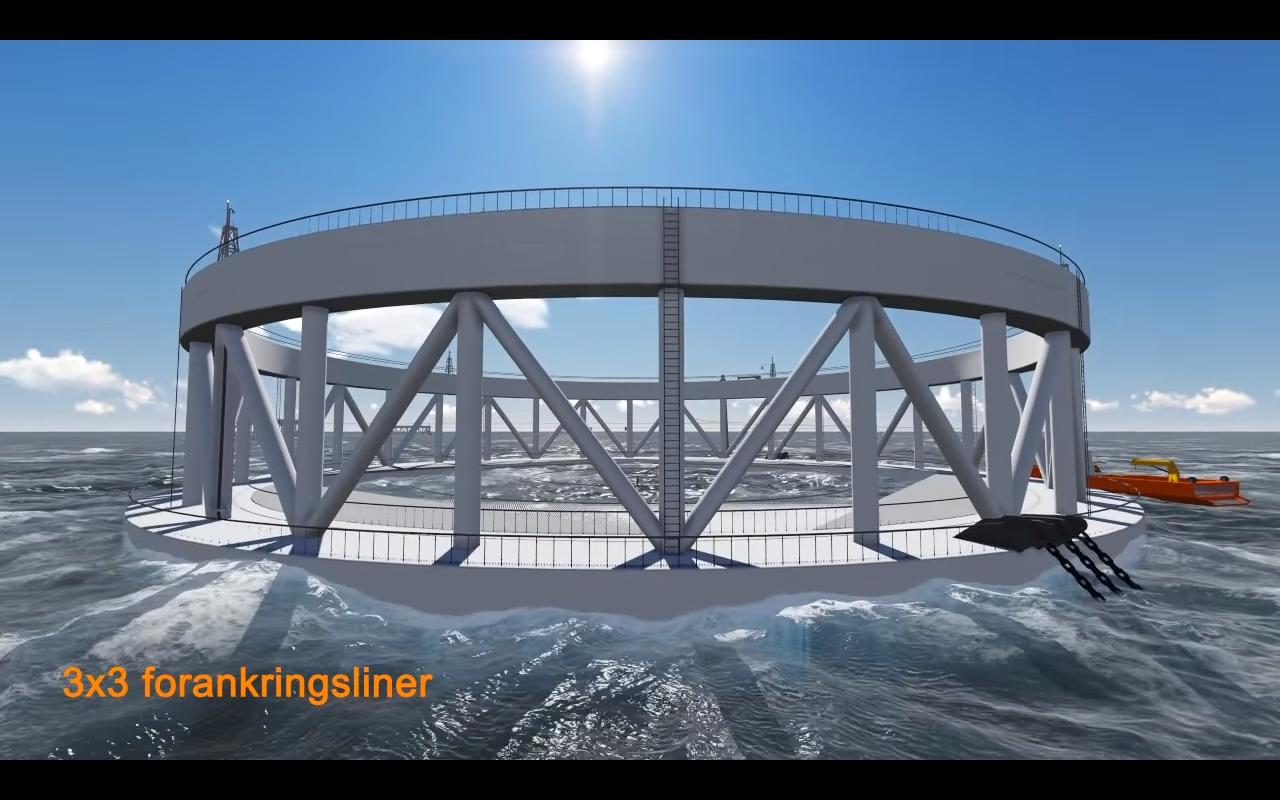
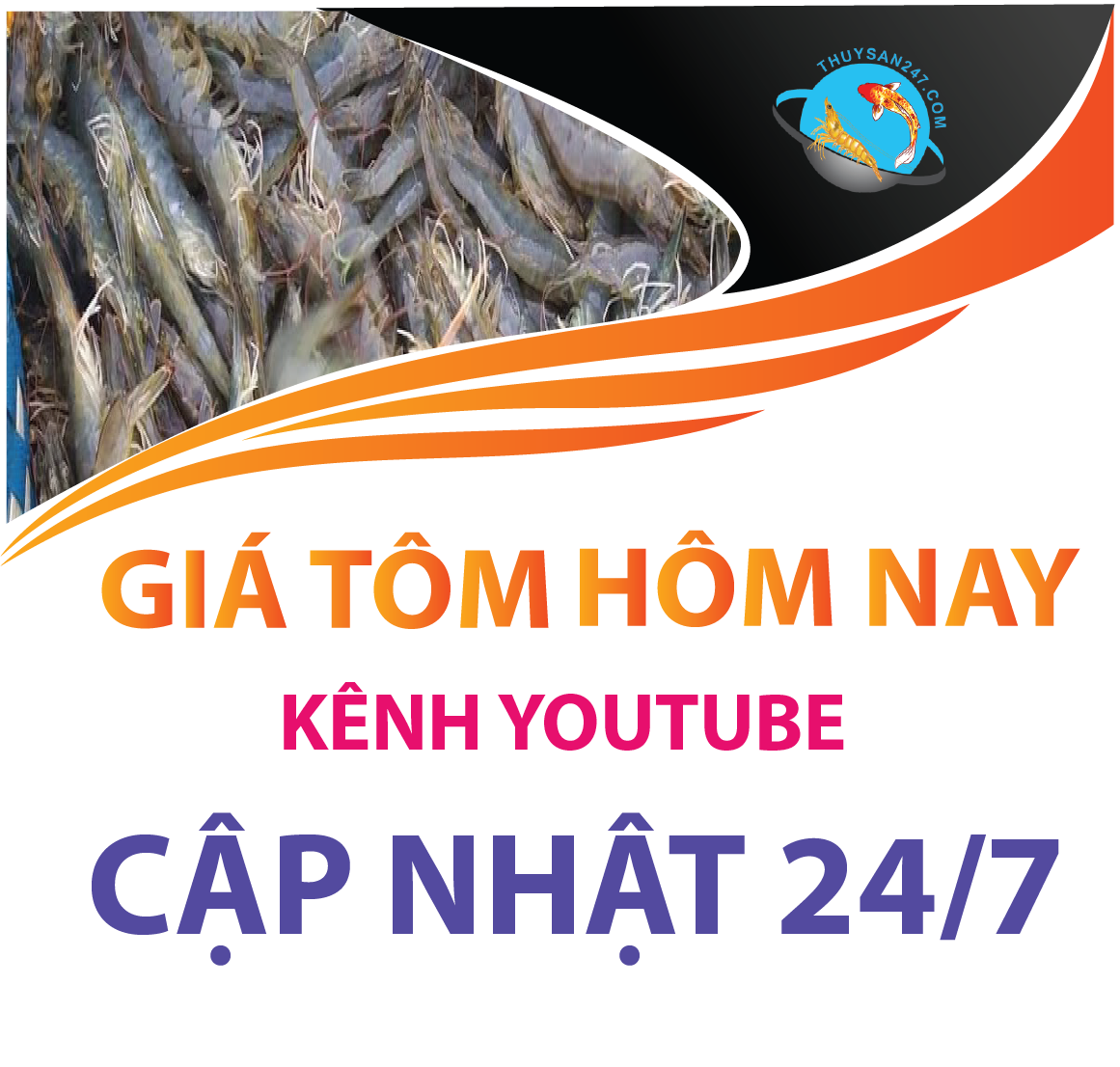
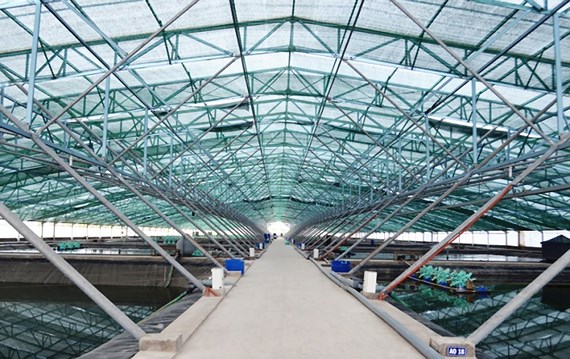

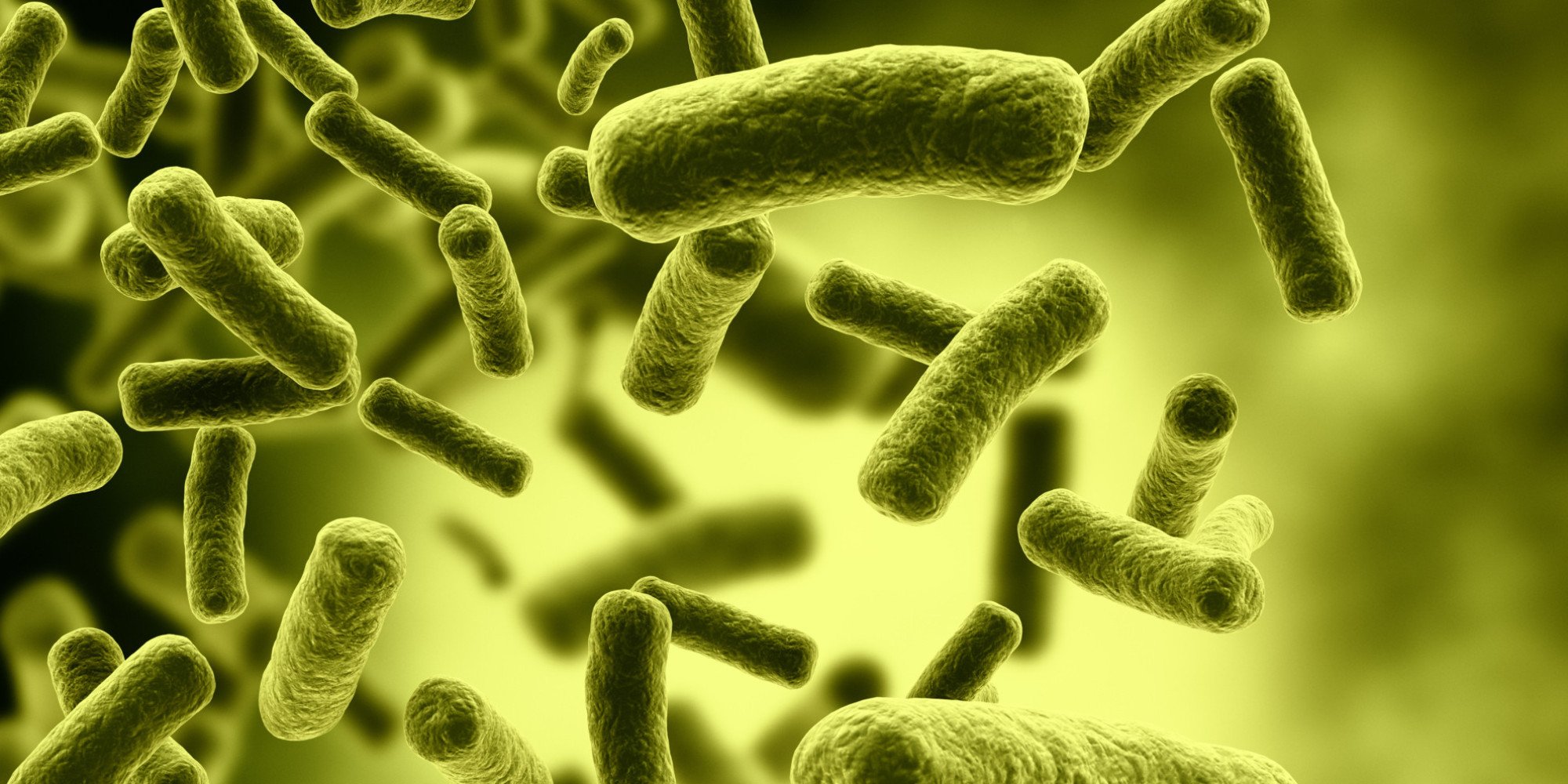
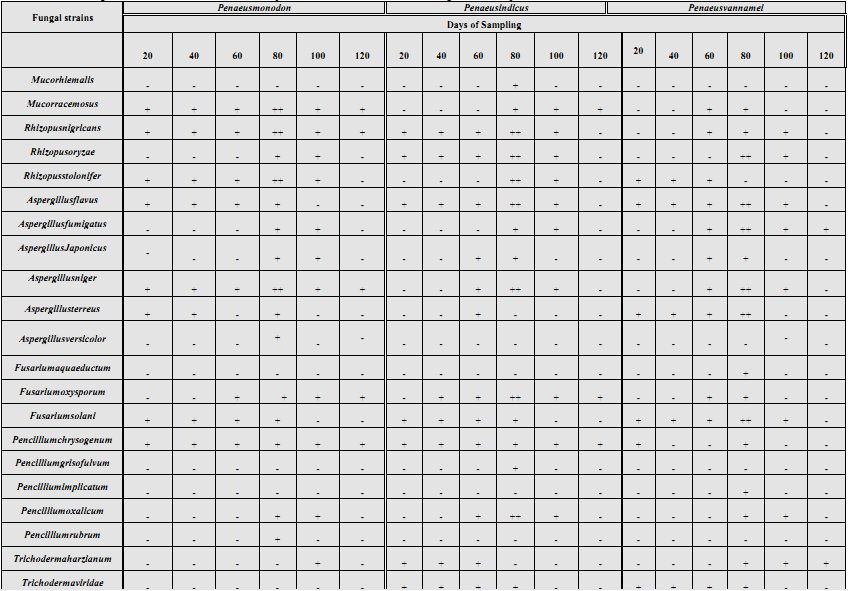
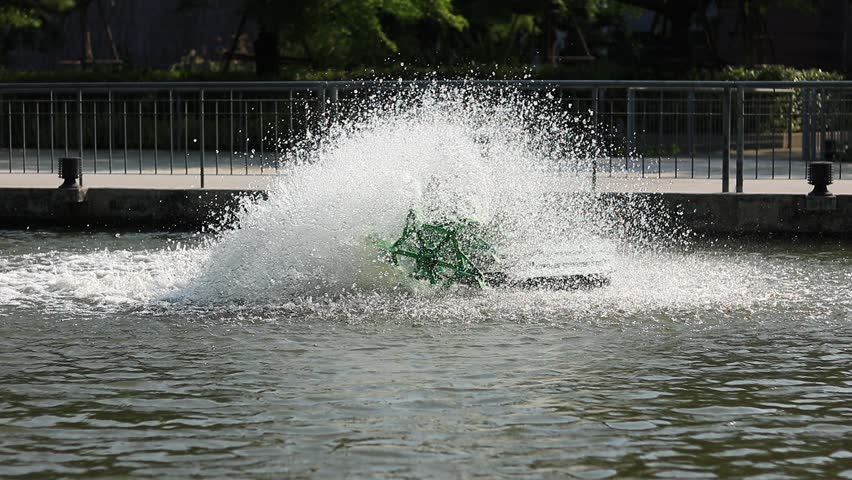
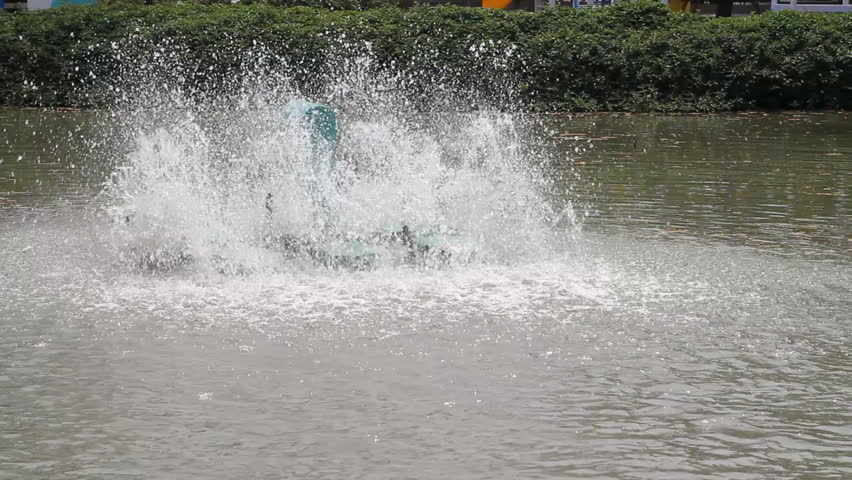
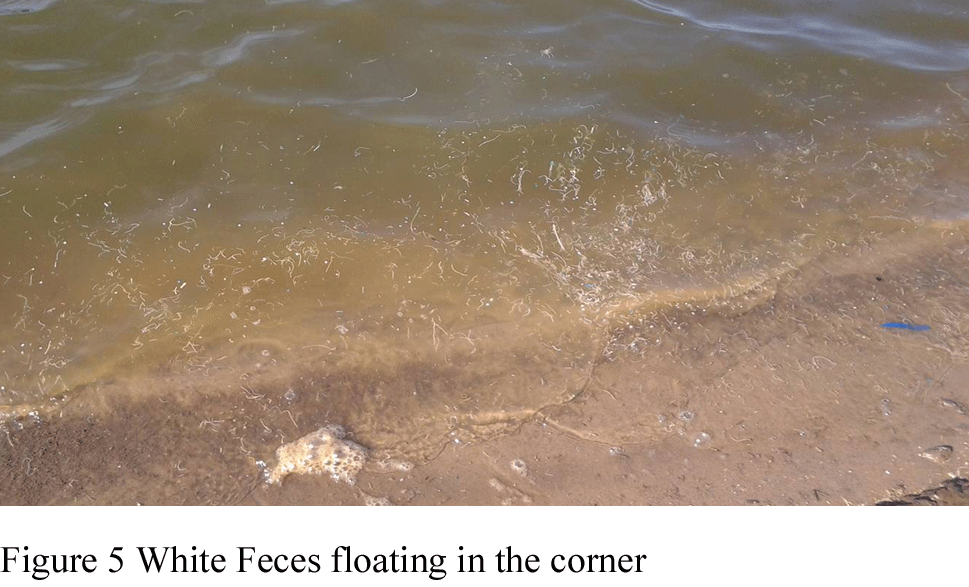
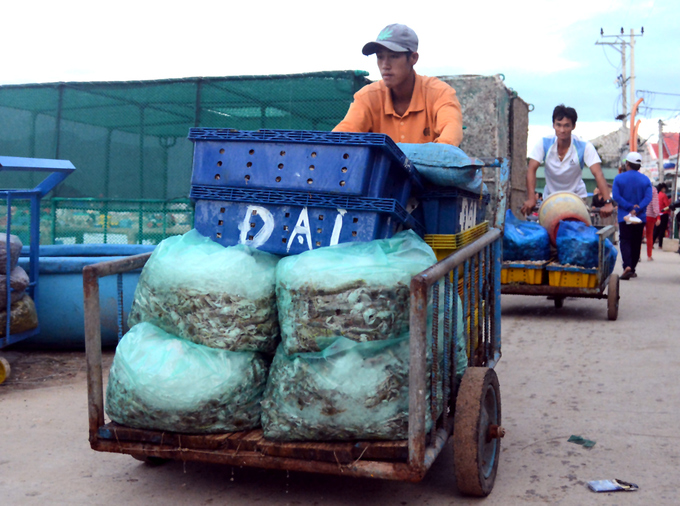

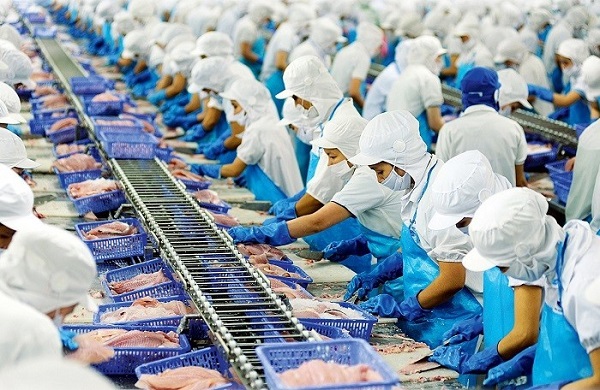
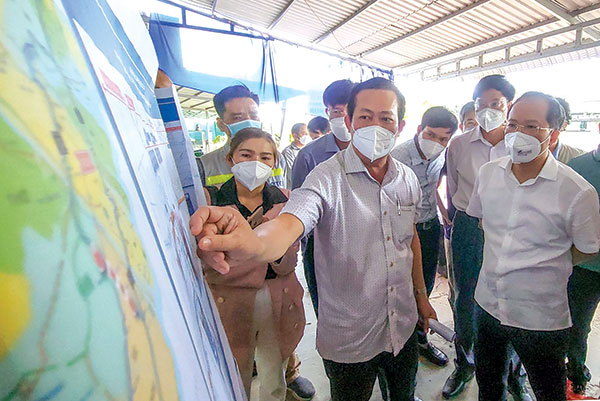
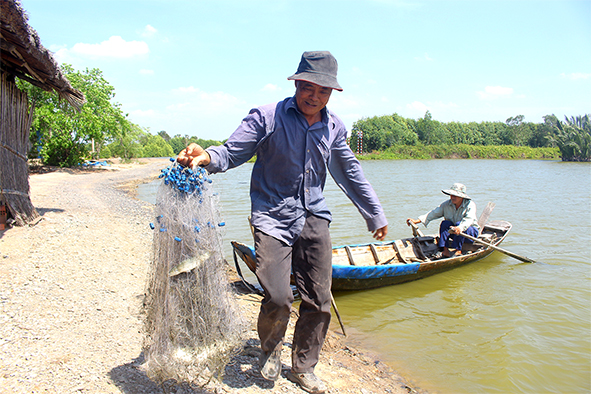
Bình luận bài viết